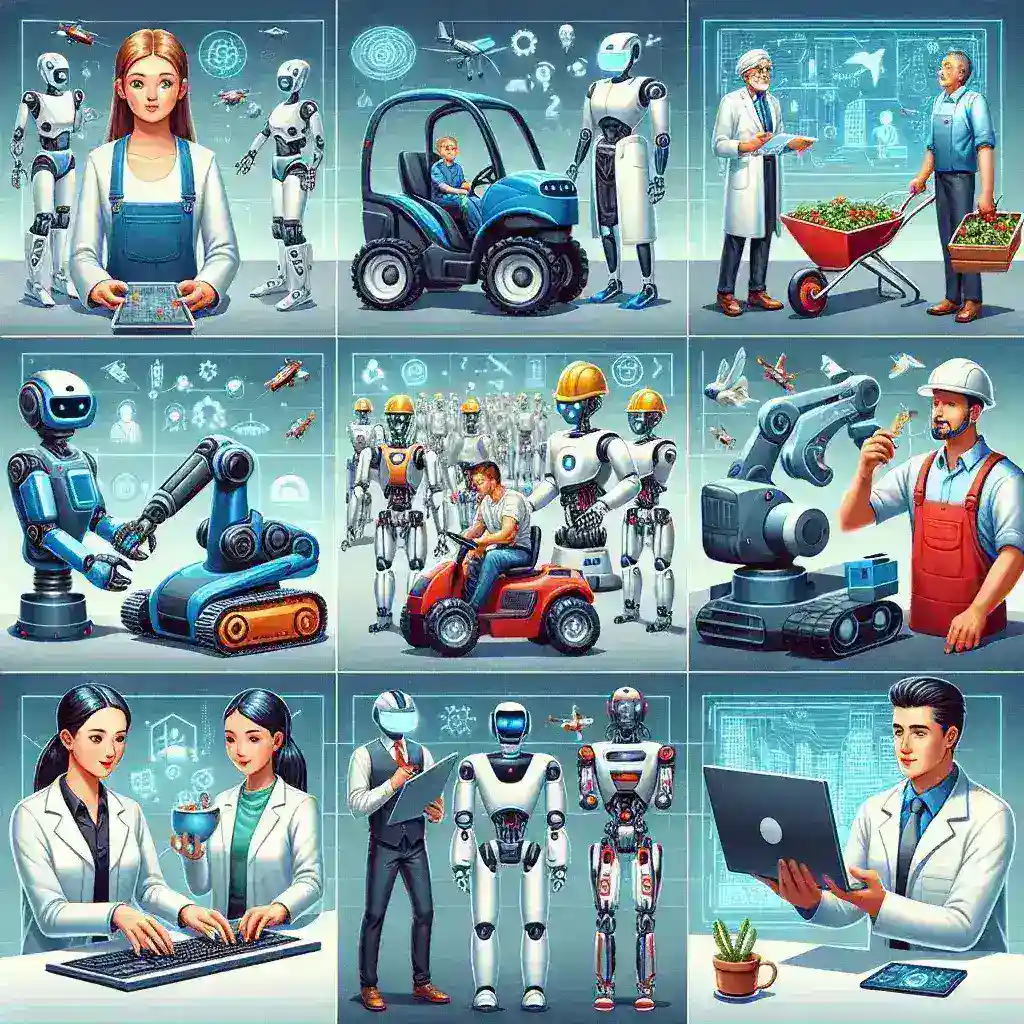The advent of automation is revolutionizing industries at an unprecedented pace. As technology continues to advance, its integration into various sectors is inevitable. This shift has profound implications for the future of work, altering the dynamics between labor and automation. In this article, we’ll delve into the multifaceted impact of automation on employment, productivity, and the broader socio-economic landscape.
Understanding Automation
Automation refers to the use of technology to perform tasks that traditionally require human effort. This includes but is not limited to robotics, artificial intelligence (AI), and machine learning. These technologies can execute repetitive tasks with precision, speed, and consistency, often surpassing human capabilities.
Historical Context
To comprehend the current wave of automation, it’s crucial to recognize its historical precedent. The Industrial Revolution of the 18th century marked the first significant shift towards mechanization. Factories replaced manual labor with machines, significantly boosting productivity. Similarly, the digital revolution of the late 20th century introduced computers and the internet, reshaping industries once again. Today’s automation is a natural progression of these advancements.
Job Displacement and Creation
One of the most discussed aspects of automation is job displacement. According to a report by the World Economic Forum, automation could displace around 85 million jobs by 2025. However, this same report highlights that 97 million new roles could emerge, indicating a net positive effect on employment. While certain jobs become obsolete, new opportunities arise in emerging fields.
Sectors Likely to Experience Change
- Manufacturing: Robots and AI-driven machinery are already a staple in manufacturing, enhancing efficiency and reducing costs.
- Healthcare: AI is revolutionizing diagnostics, treatment planning, and patient care, requiring a highly skilled workforce.
- Finance: Automation in financial services, including robo-advisors and algorithmic trading, is transforming the industry.
- Retail: E-commerce platforms leveraging AI for personalized shopping experiences are reshaping traditional retail.
Enhancing Productivity
Automation enhances productivity by taking over repetitive tasks, allowing human workers to focus on more complex, creative, and strategic roles. This shift can lead to increased job satisfaction as employees engage in more stimulating work.
Examples of Increased Productivity
- Data Analysis: AI can process vast amounts of data quickly, providing insights that would take humans significantly longer to derive.
- Customer Service: Chatbots and automated response systems handle routine customer inquiries, freeing up human agents for more complicated issues.
- Supply Chain Management: Automation streamlines supply chain processes, from inventory management to delivery logistics.
The Role of AI in Automation
Artificial intelligence is at the forefront of automation, driving innovations across various domains. AI’s ability to learn and adapt makes it a powerful tool in automating complex tasks.
AI-Powered Innovations
- Natural Language Processing (NLP): AI algorithms like NLP are enhancing human-computer interactions, improving communication channels.
- Predictive Analytics: AI systems forecast trends and behaviors, aiding in strategic decision-making.
- Autonomous Vehicles: Self-driving cars and drones showcase AI’s potential to revolutionize transportation and logistics.
Socio-Economic Implications
The integration of automation into the workforce brings significant socio-economic changes. While it promises economic growth and efficiency, it also necessitates a reevaluation of workforce strategies and education systems.
Education and Skill Development
To adapt to the automated future, the education system must evolve, focusing on skills that complement technology. Emphasis on STEM education, critical thinking, and lifelong learning will be crucial.
Income Inequality
Automation could exacerbate income inequality if not managed properly. While skilled workers may benefit, those in low-skill jobs risk unemployment. Policymakers must address these disparities through social safety nets and equitable opportunities for skill development.
Conclusion
The impact of automation on the future of work is multifaceted, encompassing job displacement and creation, productivity enhancements, and socio-economic shifts. While challenges exist, proactive strategies in education, policy, and workforce management can harness the full potential of automation, leading to a prosperous and inclusive future.

